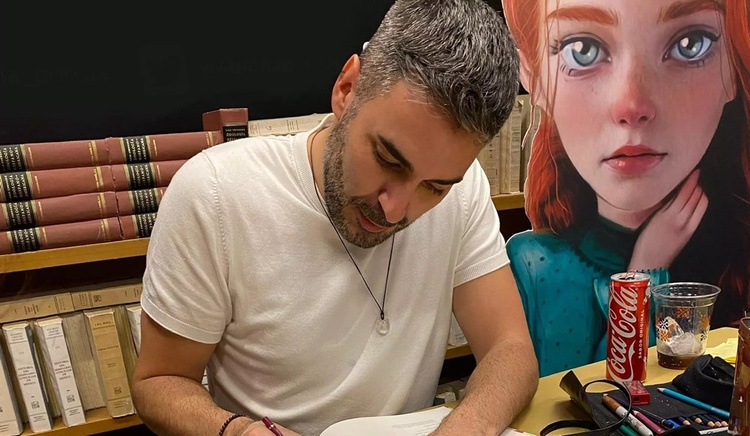
The incredible world of Antonio Lorente, the Spanish illustrator
The incredible world of Antonio Lorente, the Spanish illustrator who revives the classics between fantasy and impact
Visiting Buenos Aires, the artist reviews his working method, his beginnings and his relationship with technology. What he thinks about artificial intelligence and the illustration boom.

Antonio Lorente was born in Almería, in 1987, and his work stands out for a realism impregnated with features of pop art.
The story was written in 1820, but it returns now with gray and mysterious eyes that stand out on the cover, in the advertising billboards, on the heights of one of the most imposing stands at the Buenos Aires Book Fair. The most recent edition of The Legend of Sleepy Hollow (Edelvives, 2024) recovers the classic creation of the American writer Washington Irving and does so with a unique seasoning: the magnetic drawings of the Spanish illustrator Antonio Lorente.
With a special ability to capture glances and find a very particular style in excess, the cartoonist accompanies with his work the story of Ichabod Crane, a humble teacher who is assigned to the mysterious town of Sleepy Hollow. Between fantasy, terror and more than one chilling scene, the man dreams of conquering Katrina van Tassel, the daughter of a wealthy local man.
With pop surrealism and the so-called lowbrow art born in the '80s in California as unavoidable references, the Spanish artist seems to find a new life in different classic stories and in his characters, with penetrating gestures and angular faces. Among others, he illustrated new versions of Peter Pan, The Adventures of Tom Sawyer and Little Women. But without a doubt the great global impact of his work came with the illustrations he made for the editions of Ana de Tejas Verdes, the remembered story of an orphan girl full of imagination.
Closer to the fantasy and horror genre, Lorente now encouraged himself with The Legend of Sleepy Hollow to show, in some way, that he was capable of working with luminous stories and also moving in a darker register.
“I needed to show some darkness, the yin and yang, the gloomy, the bad. In the end you also think about it and it is a darkness with a lot of light in this story. Because there is also beauty,” the illustrator, who was passing through Argentina to participate in the Book Fair, different meetings with the public that received him with fervor, and a talk that took place at the Museum of Latin American Art, reflects to elDiarioAR. from Buenos Aires (Malba).

This is the cover of "The Legend of Sleepy Hollow", by Washington Irving, with illustrations by Antonio Lorente. Courtesy of Editorial Edelvives
– As a child, what was your connection with books? Were you especially interested in the classics?
– There have always been books in my house. It was a house with books. And we have always read a lot and they have also told us stories, so I have had a certain bond. But not everything was classic. Later, some of them I knew at school and others I read from scratch when I was older. For example, Tom Sawyer. I knew the history, the filmography, the iconography, I knew a little, but I found it over time. That has happened to me with the classics: I have encountered many of them again and I have read them again and seen them with a different vision, because also depending on when you read a book it will reach you in one way or another.
– You have worked with several classics so far in your career, are you interested in thinking beyond those stories?
- Yes Yes Yes. And in fact I have been signed with different projects for several years now. Even about many things, because I don't like to pigeonhole myself as the author of the classics. I think it's also good to show different things. Even own projects, why not. Or projects with authors who are alive who always have something that the dead don't have (laughs).
– You can always chat with them. With classics you can't know if they like it or if they have complaints about what you did.
–Of course, if they like it or not I will never know, right? (laughs). But I always do it with the utmost respect. I try to be very faithful to the text and vary as little as possible.
– When you start working on these classics or on stories that are well known, what audience do you think about? How do you approach your work that later turns out to be so surprising?
Read More

- July 03, 2025
Mexican Inspirations in the Art of Linda Wood
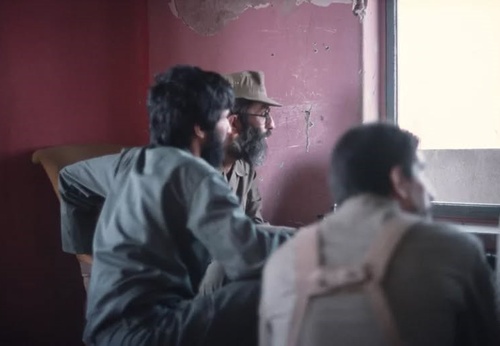

- July 03, 2025
Roman Duszek | Photography

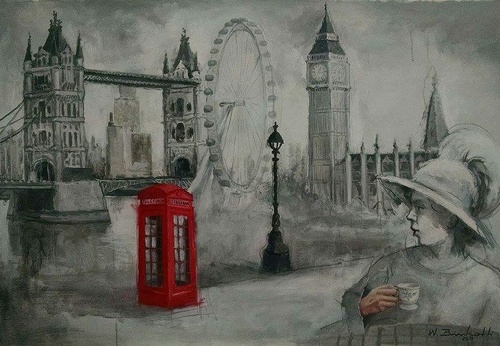
- July 03, 2025
Gallery Of Illustration By Walmir Binhotti - Brazil
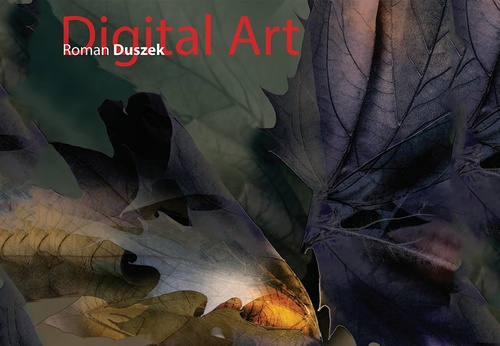
- July 03, 2025
Roman Duszek | Digital Graphic Art
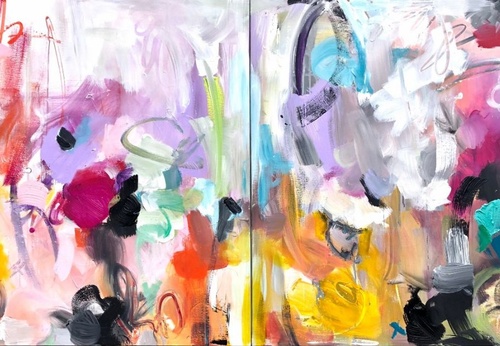
- July 03, 2025
Painting and abstract art: differences and similarities

- July 02, 2025
The Best Software for Digital Art and Graphic Design

- July 02, 2025
Gallery of Posters by Cesar Alí Hernández from Mexico

- July 02, 2025
Hugo Correa Exhibits at Museo Ralli San…

- July 02, 2025
The Exhibition That Reimagines the Past…

- July 02, 2025
The Major Exhibition "Before America" …

- June 29, 2025
Peruvian painter Gerardo Chávez dies at…

- June 29, 2025
ARCOmadrid 2026 Opens Call for Entries …

- June 29, 2025
José María Velasco: The Landscape Artis…

- June 26, 2025
It houses 40 legacies of Latin American…

- June 18, 2025
Winners of the “Holosaide” event announ…

- June 18, 2025
The Major Exhibition of the Malba Colle…

- June 16, 2025
Pedro Roth Exhibition at the National A…

- June 15, 2025
Malba Pays Tribute to Luis Felipe Noé w…

- June 15, 2025
Contemporary Italian Painting on Displa…

- June 13, 2025
Impacto da Arte Digital na Sociedade

- June 13, 2025
The Geometric Essence of Fanny Sanín on…

- June 12, 2025
Guillermo García-Cruz's 'Divergent Stru…

- June 12, 2025
Book Brasília, the art of democracy wil…

- June 11, 2025
In 2025, SP-Arte Rotas will include nar…

- June 11, 2025
The Barranquilla Museum of Modern Art

- June 10, 2025
Discovery of William Turner's Work

- June 10, 2025
One of the largest art events in Latin …

- October 08, 2023
Illustrations reflect the brutal Israel…

- December 25, 2023
The jury statement of the Iran-Brazil F…

- July 29, 2023
History of Caricature in Brazil

- April 20, 2024
Poignant Image of Grief Wins Mohammed S…

- May 22, 2025
Brady Izquierdo’s Personal Exhibition O…

- September 01, 2023
Neural Filters in new photoshop 2023

- March 21, 2024
The history of art in Palestine

- October 21, 2023
Erick Meyenberg and Tania Ragasol at th…

- March 14, 2024
museum of statue of van gogh

- August 09, 2023
Venezuela mural expresses solidarity wi…

- March 15, 2024
museum of sculpture of Salvador Dali

- March 30, 2024
illustration websites in Latin America

- May 20, 2024
Latin American Festival of Performing A…

- May 25, 2025
Bordalo II to hold exhibition in Paris …

- July 30, 2024
The artist from San Luis Mirta Celi rep…

- March 18, 2025
Works by Cuban Artist Eduardo Abela in …

- July 03, 2024
Newly discovered rock art in Venezuela

- April 18, 2024
Israel Pavilion at Venice Biennale clos…

- January 04, 2025
Material Art Fair 2025

- January 12, 2025
The Ralli Museum in Punta del Este

- February 18, 2024
7 Ways to Understand What Visual Arts A…

- May 15, 2024
Eleven murals for Gaza painted across t…

- October 08, 2023
Illustrations reflect the brutal Israel…

- January 02, 2025
13 commemorations that will mark the cu…

- October 17, 2023
The influence of Latin American artists…

- December 25, 2023
The jury statement of the Iran-Brazil F…

- November 17, 2023
Fernando Botero's work is booming after…

- July 29, 2023
Piracicaba International Humor Exhibiti…

- February 03, 2024
THE HISTORY OF NAIF ART

- November 06, 2023
Heba Zagout: Palestinian artist murdere…

- February 01, 2025
A maior exposição de Botero em Barcelona

- July 02, 2024
One of the largest urban art galleries …

- December 10, 2023
Sliman Mansour and Palestinian art on t…

- July 20, 2024
First International Mail Art Biennial 2…

- September 01, 2023
Neural Filters in new photoshop 2023

- March 14, 2024
museum of statue of van gogh

- October 30, 2023
Palestinian turns images of the Gaza co…

- October 23, 2023
Controversy over the project that will …

- February 06, 2024
Bolivian artists will be at the 2024 Ve…

- February 08, 2024


